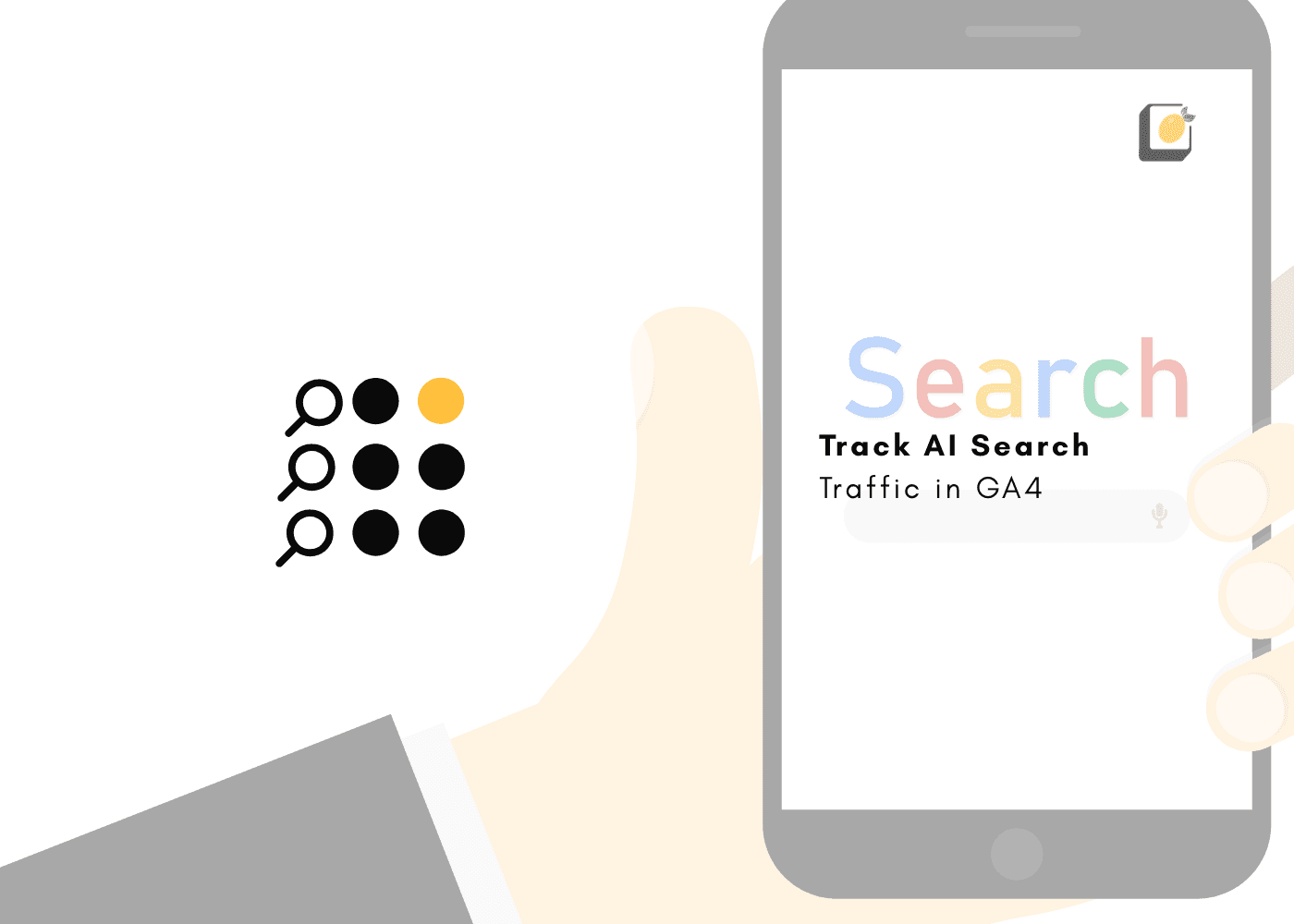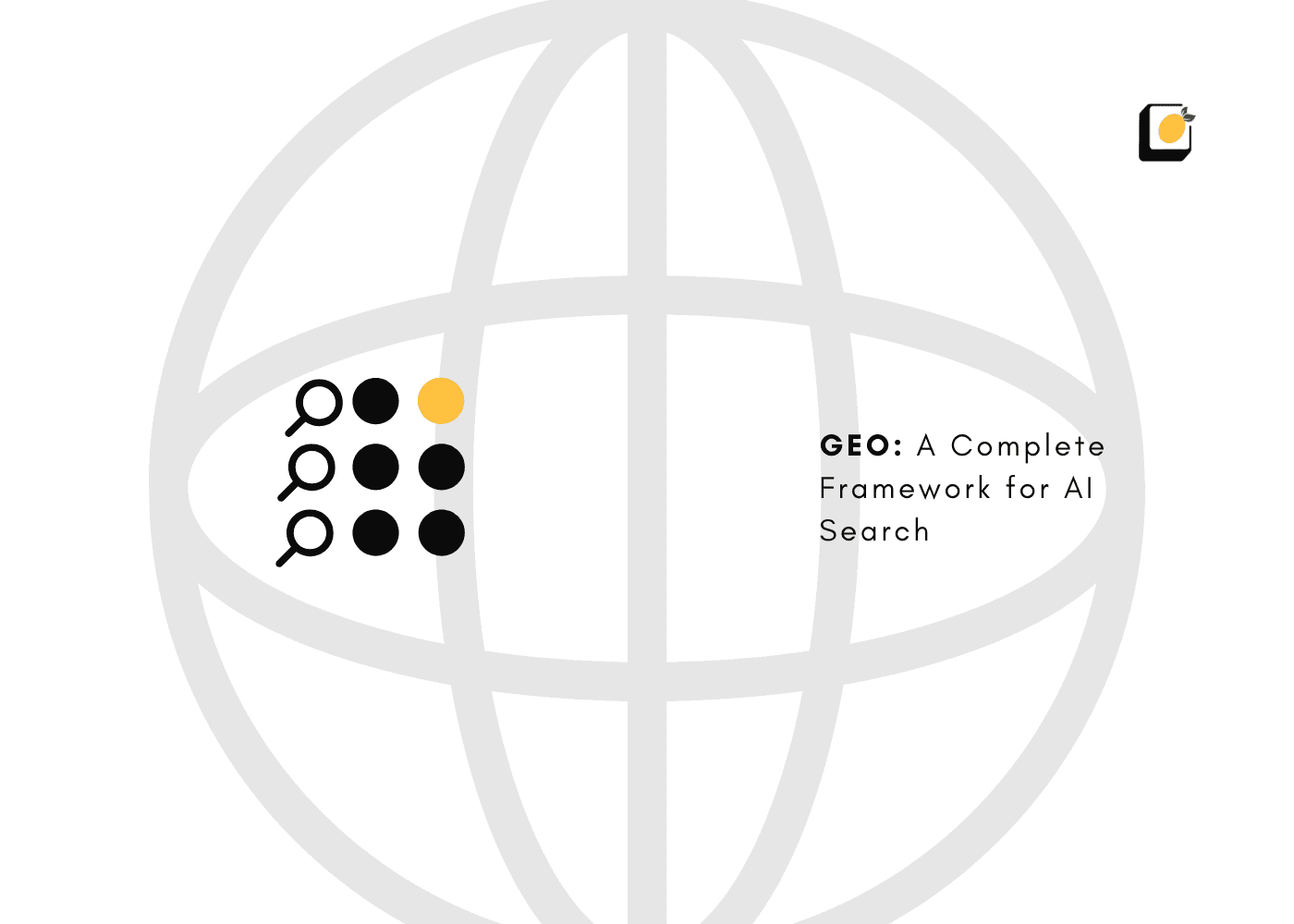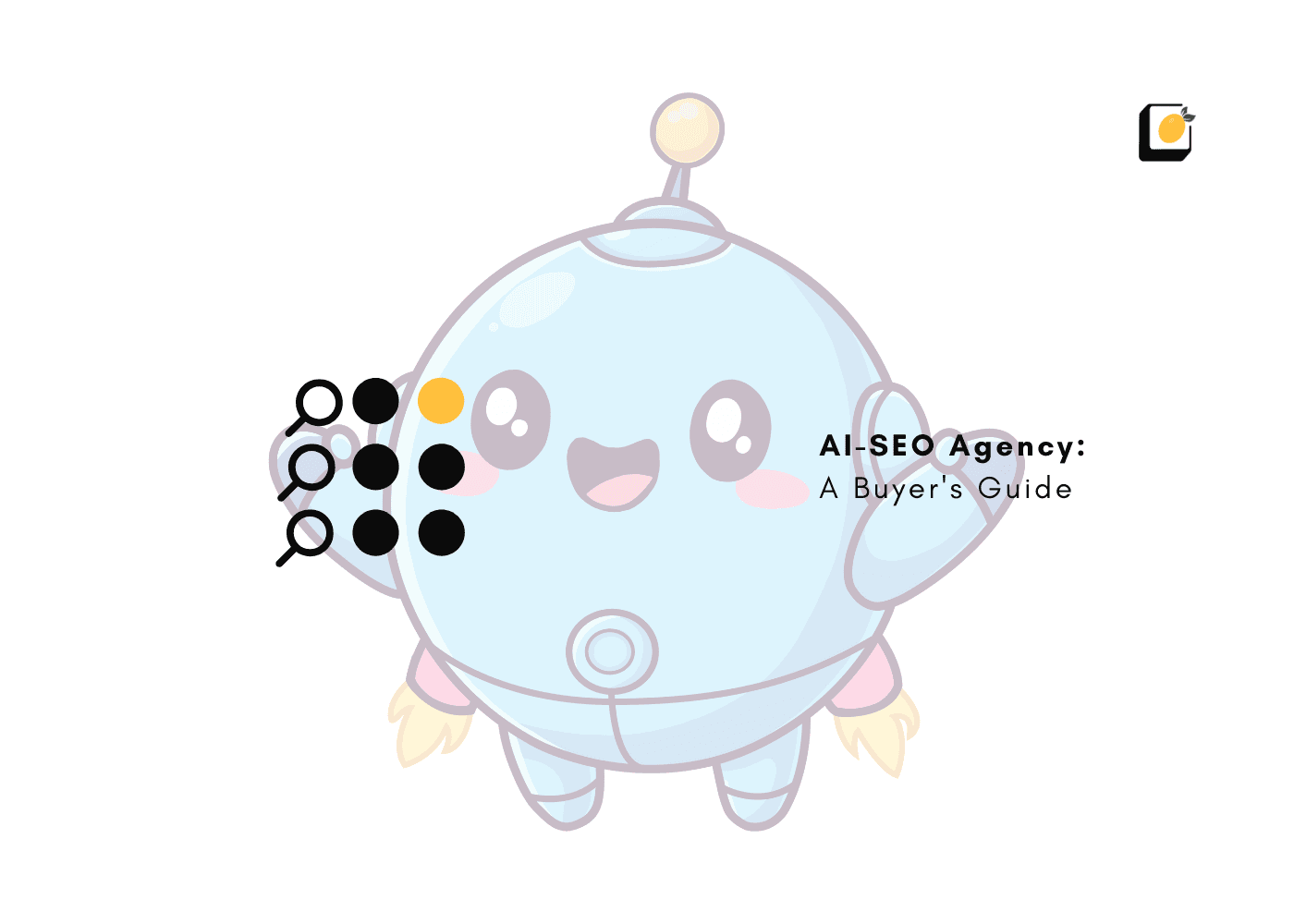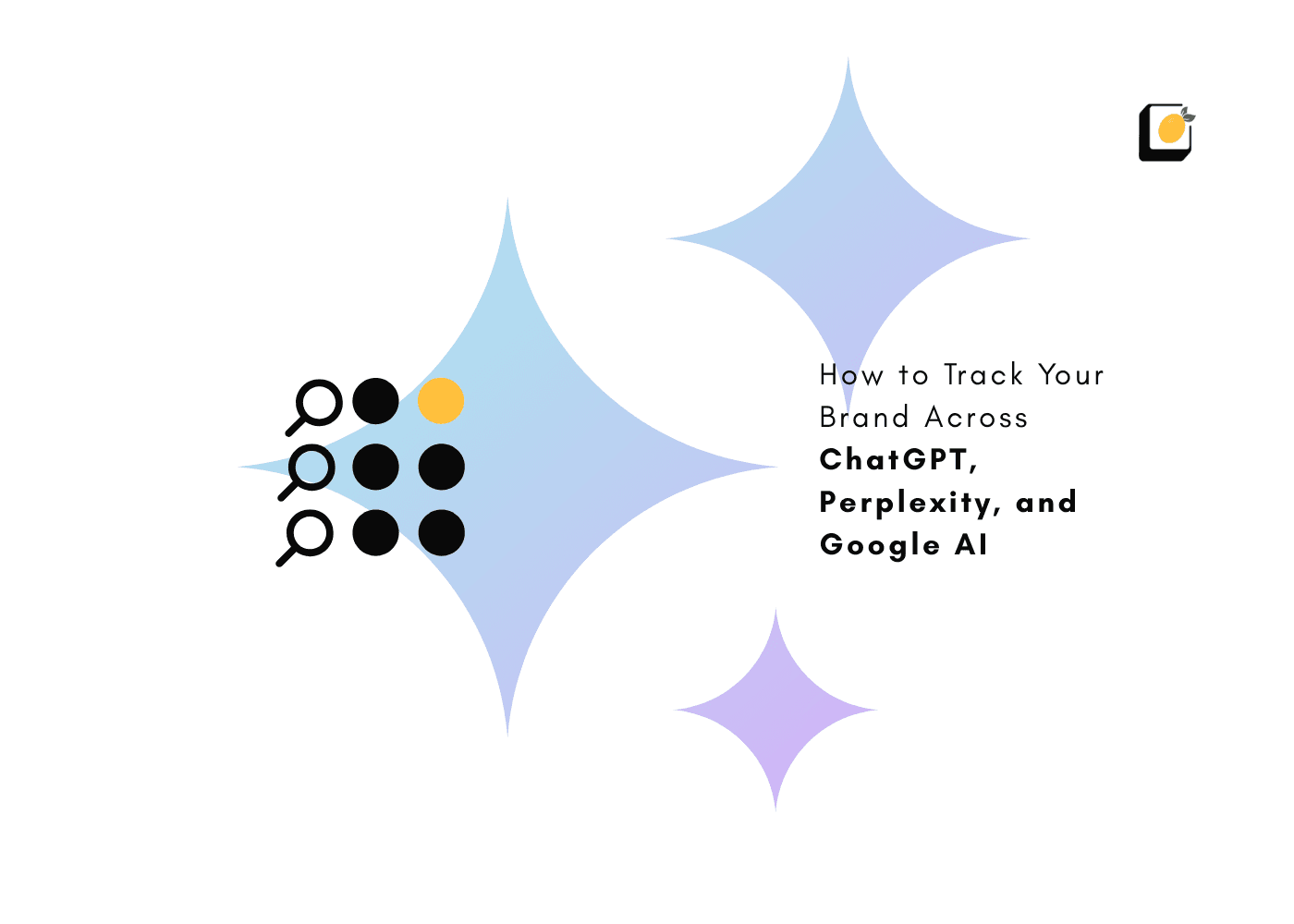Top SEO Tips for Beginners That Will Get Your Site Ranking in 2025
July 3, 2025
Join 500+ brands growing with Passionfruit!
SEO in 2025 is all about building momentum.
If you’re still treating SEO like a slow-burn checklist with keyword research, publish, and pray, you’re falling behind. Search is no longer just about rankings. It’s about intent-matched content, AI discoverability, and systems that scale.
Today’s top-performing sites are winning because they align SEO with how people actually search in 2025:
Mobile-first, voice-driven queries dominate.
AI engines like ChatGPT and Perplexity rewrite the content visibility playbook.
Google’s algorithm prioritizes clarity, structure, and real user value.
Most “SEO tips for beginners” articles ignore this shift. They talk tactics, not systems. You’ll get the basics here, but you’ll also get a strategy that moves the needle for SaaS, eCommerce, and tech-led growth teams.
In this guide, you’ll learn how to:
Build SEO systems that compound, not just rank.
Write content that wins on Google and AI engines.
Prioritize what actually drives traffic, engagement, and pipeline growth.
Let’s cut the guesswork. Your growth engine starts here.
Talk to a Passionfruit Growth Expert and get a future-proof SEO strategy built to scale.
Start with the User, Not the Algorithm
If you’re still optimizing just for keywords, you’re already behind. In 2025, Google ranks what users love, and that starts with matching their intent.
Understand search intent before writing a single word.
Whether your user is researching (informational), looking for a specific brand or page (navigational), or ready to buy (transactional), the structure and CTA of your content should change accordingly. Misaligned content, even if keyword-rich, leads to high bounce rates and poor engagement.
UX is the new SEO.
It’s not just about what you say, but how it feels to consume. Fast loading times, intuitive layout, mobile-friendly design, and frictionless interactions are now ranking signals. Use Google PageSpeed Insights or Lighthouse to test real user experience. Aim for a mobile performance score above 90.
Technical SEO for Beginners
Before your content can rank, Google needs to see it, understand it, and trust it. That starts with technical SEO, your site’s foundation.
Google can’t rank what it can’t crawl.
Submit your XML sitemap in Search Console. Ensure your Robots.txt isn't blocking key pages. Use tools like Screaming Frog or Ahrefs to uncover indexability issues and crawl errors fast.
Mobile-first is non-negotiable.
With mobile-first indexing and AI engines like ChatGPT preferring mobile-optimized content, your UX on small screens now determines performance across devices. Responsive design, clean tap targets, and mobile-friendly Core Web Vitals are essential.
Secure, structured, and schema-powered.
Use HTTPS across your domain. Add schema markup for FAQs, reviews, breadcrumbs, and How-Tos to support both Google rankings and AI snippet visibility.
Quick Wins Checklist:
Submit XML sitemap
Fix indexation issues
Optimize mobile UX + Core Web Vitals
Add structured schema (FAQs, Reviews, Breadcrumbs)
Enforce HTTPS across site
Keyword Strategy in 2025
In today’s SEO landscape, long-tail keywords are your fastest path to rankings and results. They’re less competitive, more intent-rich, and aligned with how real users search.
Use tools like Ahrefs, Semrush, KeywordsFX, and Google Autocomplete to uncover precise queries your audience is already typing. For example, “best CRM for startups under $50” instead of just “CRM software.”
But keywords alone aren’t enough.
Map every keyword to both funnel stage and device context.
TOFU (Top-of-Funnel): Use conversational or voice-search-friendly terms like “what is headless CMS?” These perform well on mobile and in AI summaries.
MOFU: Focus on solution-aware phrases like “headless CMS vs traditional CMS.”
BOFU (Bottom-of-Funnel): Target desktop-ready, high-intent terms like “best headless CMS for ecommerce 2025.”
Write like a human, not a robot.
Keyword stuffing repels readers. Google’s SEO Starter Guide emphasizes natural language and clear, helpful content. If it doesn’t sound like something your audience would say, it won’t rank or convert.
Pro Tip: Voice search is booming. Optimize your H2s and FAQs using question-style formats like “What’s the best X for Y?” to boost AI visibility and featured snippet chances.
Content That Wins in Both Search and AI Results
2025 content needs to win two battles: Google rankings and AI visibility.
Write for people, format for machines.
Structure matters more than ever. Use semantic headers, short paragraphs, bullets, and clear subheadings. This improves UX and enables AI parsing for snippet-ready content.
Avoid “info-dump” blogs.
Dense, meandering content won’t survive the skim economy or LLM summarization. Focus each page on answering a single intent clearly before expanding with supporting content.
Make your content AI-snippet friendly.
Use clear question-style headers (H2s like “What is…”), bullet lists and summaries, and schema markup for FAQs and How-Tos.
Keep content fresh and clustered.
Regularly update time-sensitive content. Build topical authority with content clusters around strategic themes. Interlink related posts to central hub pages (e.g., Passionfruit Blog) to reinforce authority and keep readers engaged.
Pro Tip: Use Surfer SEO or Clearscope to structure content for both human readability and competitive benchmarking.
Metadata, Titles & CTR Triggers
Your rankings get you seen, but your titles, descriptions, and URLs get the clicks. In 2025, CTR optimization is still one of the easiest SEO wins, especially with AI snippets pulling preview content directly from your metadata.
How to write spicy titles that get clicks:
Keep them under 55 characters, use emotionally charged but clear language, and always highlight value.
Examples:
Bad: “SEO Tips for Websites”
Better: “9 SEO Tips That Boost Rankings Fast”
Tools to try: CoSchedule Headline Analyzer, Headline Studio.
Meta descriptions still matter.
While they don’t directly impact rankings, a strong meta boosts CTR, which does impact traffic and engagement. Aim for 150–160 characters, use power verbs, and include your main keyword naturally.
Short, clean URL slugs = better indexing + readability.
Follow this format:
/seo-tips-beginners-2025 instead of /how-to-improve-your-seo-tips-with-keyword-optimization-and-google-strategy.
Pro Tip: Pull structure guidelines directly from Google’s SEO Starter Guide.
Internal Linking & Site Architecture
Your content is only as effective as its discoverability. In 2025, a flat, intent-aligned site structure is non-negotiable for both Google and users. It impacts crawlability, indexation, user engagement, and your AI snippet visibility.
Forget rigid silos. Today’s best-performing sites follow user journeys, not arbitrary folders. Flatten your architecture to 3 clicks or less from homepage to any key page.
Build UX-driven topic clusters.
Use the hub-and-spoke model:
Pillar pages (e.g., “AI-Powered SEO for SaaS”)
Supporting blogs (e.g., “How to Use Schema for AI Discoverability,” “Mobile SEO vs Desktop SEO”)
Interlink them meaningfully. Don't just stuff anchor text. Guide the reader.
Breadcrumbs, navigation & orphan page cleanup.
Use breadcrumb schema to improve mobile UX and AI parsing.
Ensure every valuable page is interlinked and reachable.
Avoid orphan pages. If Google can’t find it, it can’t rank it.
Want a real-world site audit that checks your structure?
Book a Passionfruit Technical SEO Scan today!
Authority: Build Trust and Earn Links
If you want to rank in 2025, Google (and AI engines) need to trust your site. Authority is now about demonstrating real-world expertise, experience, and credibility at every level of your site.
Backlinks from quality sites still matter.
Focus on earning, not just acquiring links.
Build relationships through thought leadership, industry partnerships, and digital PR campaigns.
Tip: Niche-relevant links > generic high-DA spam.
E-E-A-T = Experience, Expertise, Authority, Trust.
Google’s ranking systems and AI engines like ChatGPT prioritize content written by real experts, backed by first-hand insights and brand credibility.
Ways to show this:
Add author bios with credentials.
Publish use cases, testimonials, and original research.
Highlight client wins or media features.
Brand mentions, even unlinked, build trust.
Even when sites don’t link back, mentions of your brand contribute to authority signals. Set up alerts (e.g., Google Alerts) and track brand visibility as part of your SEO KPIs.
Need help building a sustainable link and authority strategy?
Talk to a Passionfruit SEO Strategist about digital PR, EEAT audits, and outreach systems.
SEO and AI Discovery Are Merging
AI search isn’t replacing SEO. It’s becoming part of it.
Why SEO is now AI-SEO
AI models like ChatGPT and Perplexity summarize, cite, and prioritize content that’s clearly scoped and semantically structured. Pages optimized for both SERPs and AI engines drive compounding visibility.
Make your pages AI-snippet ready
Use semantic H2s and bullet lists.
Include brief summaries and clear answers upfront.
Apply schema for FAQs and How-Tos.
Avoid fluff and ambiguous formatting.
Track AI visibility
Use tools like Bing Webmaster Tools, SGE Preview, or AI-specific snippet monitoring tools to see where and how your pages are being cited. Visibility here is becoming just as critical as Google rankings.
Measure What Matters (and What Doesn’t)
In 2025, growth leaders need actionable visibility into what drives revenue, rankings, and reach.
Build ROI-ready SEO dashboards.
Stop guessing. Start tracking with purpose. Combine:
GA4 for behavior and conversions.
Google Search Console for rankings and queries.
Looker Studio to visualize and share performance.
Don't drown in data. Prioritize:
Organic sessions by funnel stage.
Click-through rate (CTR) per content type.
Keyword rankings by search intent.
Content decay: Track drops in traffic over time.
AI snippet citations: Where and when LLMs are using your content.
Avoid misleading signals. Not all metrics tell the truth. Don’t over-index on:
Bounce rate (often misread)
Raw impressions without context
Rankings without intent alignment
Pro Tip: Align reporting with business KPIs, not just traffic. Are your top-performing blogs converting? Is your BOFU content surfacing in AI summaries?
Mistakes Beginners Must Avoid
Here are the most common traps that slow down rankings and growth.
Designing only for desktop: Most traffic is mobile. Mobile-first indexing means poor mobile UX = poor rankings. Test your site on real devices.
Skipping schema and structured data: AI engines and search features rely on schema. No markup? No rich results or snippet visibility.
Overusing keywords without intent: Keyword stuffing hurts trust. Target terms that match intent, not just volume.
Running SEO in isolation: SEO is a system. Content, UX, analytics, and authority must work together under shared KPIs.
Not auditing monthly: The algorithm evolves. Your content ages. Set a monthly review cycle for technical health, content freshness, and keyword and snippet performance
Fix the leaks before scaling.
Want a guided audit? Talk to a Passionfruit SEO Strategist today to find and fix gaps fast.
Key Takeaways
SEO in 2025 is about matching search intent, not just keywords.
Mobile-first design and technical SEO are non-negotiable for rankings.
AI engines like ChatGPT prioritize clean, structured, skimmable content.
CTR optimization and internal linking are fast wins that drive real ROI.
Treat SEO as a unified system, not a checklist of isolated tactics.
FAQs
Q1. Do I still need to focus on keywords in 2025?
Yes, but context matters more than ever. In 2025, you need to map keywords to user intent and device behavior. For example, targeting voice-driven TOFU queries on mobile and BOFU comparisons on desktop for real results.
Q2. How important is mobile SEO now?
It’s critical. With mobile-first indexing and AI models prioritizing mobile-optimized content, a poor mobile experience can tank your rankings, even if your desktop site performs well.
Q3. What’s the role of AI in SEO today?
AI engines like ChatGPT and Perplexity now surface, summarize, and cite web content. Structuring your pages with semantic headers, bullet points, and clear answers increases your chances of showing up in AI snippets.
Q4. Is technical SEO still relevant for beginners?
Absolutely. If Google can’t crawl or understand your site, your content won’t rank, no matter how good it is. Start with site speed, indexability, schema, and mobile responsiveness.
Q5. How do I know if my SEO is working?
Track performance using GA4, GSC, and Looker Studio. Focus on metrics like organic sessions, content decay, CTR, and AI citations.















